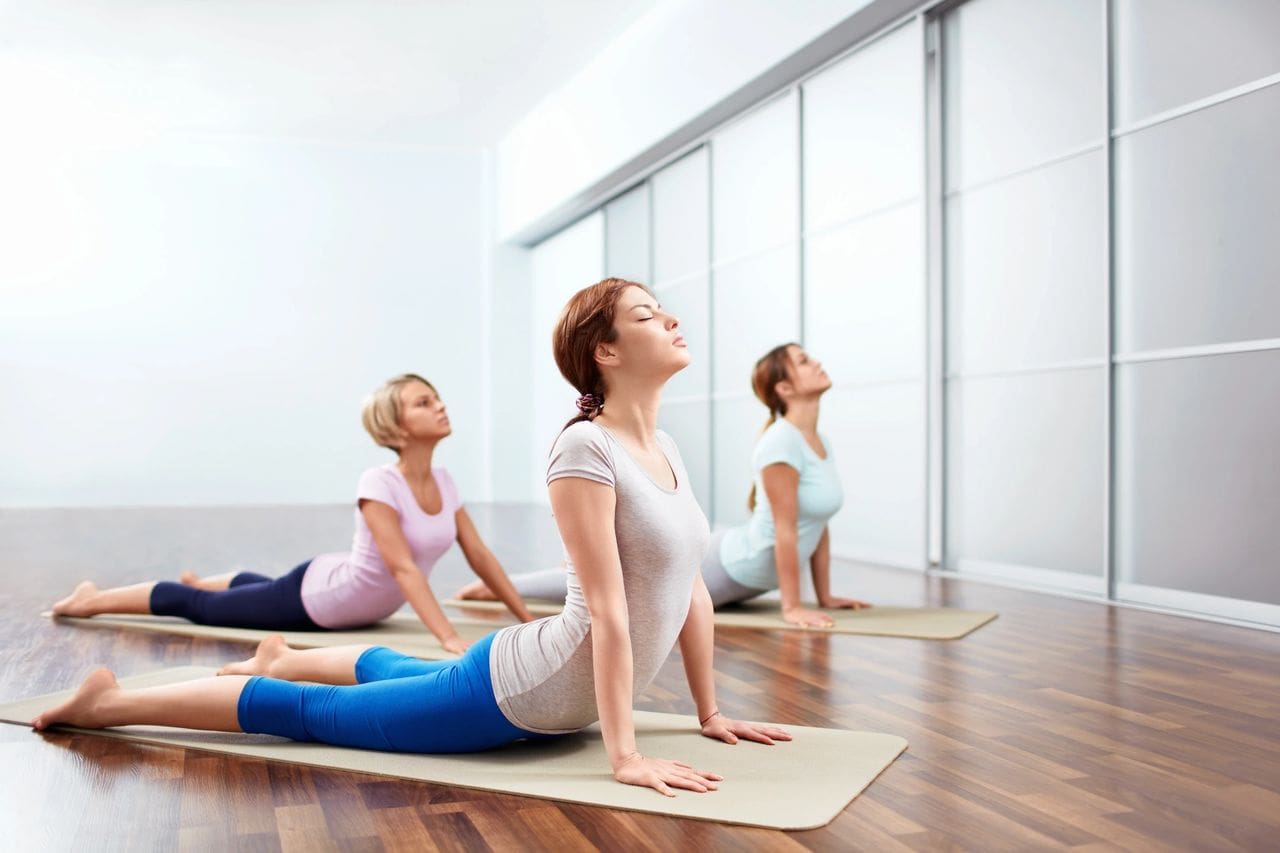
Improving Back Mobility
The human spine requires a balance between stability and controlled mobility to function properly. The spine is broken into four sections, the cervical, thoracic, lumbar and sacral spine. Only three of which move freely between spinal segments. The Sacrum is fused. As you descend the spine, it becomes more and more restricted in motion because of the increased need for stability from the increased weight of the body. The neck (cervical spine) has the most motion and supports the least amount of weight while the lumbar spine is the most restricted and supports the most weight.
The interaction between core strength and stability and mobility is key to maintain function in your spine. The objective of this blog is to give you easy steps to follow to maintain a healthy relationship with your back!
Exercises
Mobility for back stiffness
Disclaimer: These are low impact, low risk movements but if you have an increase in pain please contact your physical therapist or primary physician.
These are some general mobility techniques to encourage movement and blood flow into your gross spine. Blood flow helps bring lubrication and nutrients to the joint to promote growth and healing.
- Cat/Cow: With this mobility exercise we want slow control movement with a pulse at both ends of the arch. A fun way to spice up the movement would be to wiggle side-to-side at the top and bottom of the movement.
- Open book: This movement is great for mid-back discomfort and stiffness. The movement also commonly feels stiff and limited- that is okay, work within the motion you have pausing at the top and bottom of the movement.
- Rising Suns: This mobility exercise is great to improve gross rotation to your spine. It’s important remember to keep a control movement throughout. Pause and appreciate the end range of the motion.
Foam roller and Tennis Ball techniques
Soft tissue mobility’s aim is to decrease tension and knots limiting functional movement without spine. Employing a foam roller of tennis balls can decrease tension and improve mobility in your spine.
- Foam Roll: A foam roll can be used in a few different ways to improve mobility. First, you can use it to “roll out” or self-massage different problem areas that are experiencing tension or are knots. This is a more traditional use of a foam roller. Another way it can be used is to facilitate gross mobility of the spine by extending over the foam roller and pausing at the end range. Start at one end of the spine and work your way through your problem/stiff areas.
- Tennis/Lacrosse Ball: A tennis/lacrosse ball can be used similarly to the foam roller but is more specific to an area. Being a smaller object, it makes it easier to zero in on a problem area. Putting two tennis balls in a sock and tying it off is another fun and useful way to use tennis balls- aka a peanut. Place this “peanut” in the middle of your back and extend over it. This will yield a more intense, localized sensation. The peanut is a great way to work on segmental mobility of your spine. It will help target specific problem areas.
Physical Therapy Intervention
Self-mobilization and adherence to an active lifestyle are great ways to maintain a healthy back, but sometimes life happens and back pain sneaks up on you. A Physical Therapist can assess the tissues and give a specific localized treatment through manual therapy techniques. PTs use a wide range of techniques ranging from massage to free up tissue restrictions, to mobilizing joints where restrictions are present. These techniques are evidence-based and have great results decreasing pain and increasing mobility!
Posture, Posture, Posture!
Standing and Seated posture is very important for overall back health. A simple and easy way to maintain good posture is to think tall posture with core engaged, shoulders back and chin tucked. For a more detailed description of seated and standing posture, check out our blog on posture!
Other Considerations
Structures putting tension on low back (short section)
- Hamstring and hip flexor tightness limits normal normal pelvic movement putting increased pressure on lumbar spine
- Core weakness and poor core activation puts increased stress on passive structures which can lead to back pain.
If you are experiencing back pain or stiffness, Physical Therapy can help! Please contact us at Dynamic Physical Therapy Chicago and Like us on FaceBook and Follow us on Instagram.
Please call (312) 643-1555 or email info@dynamic-PT.com with any questions or to schedule your consultation today!
